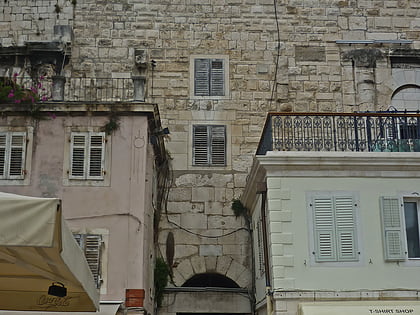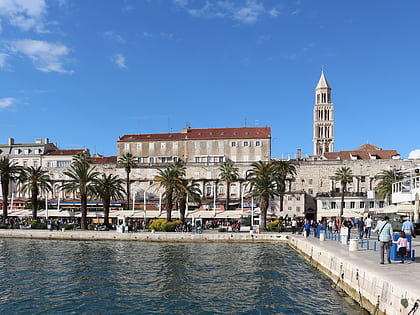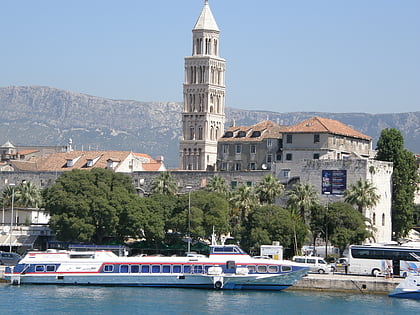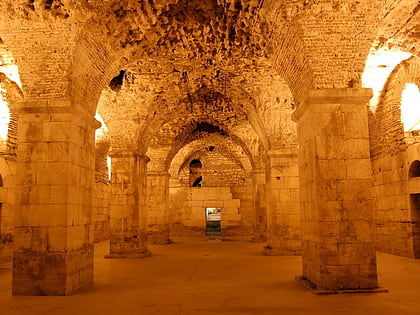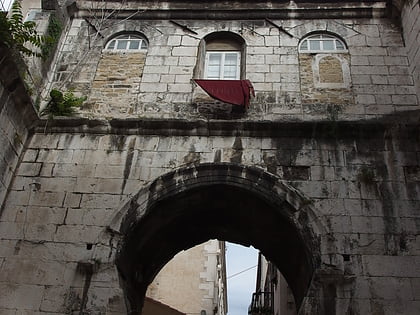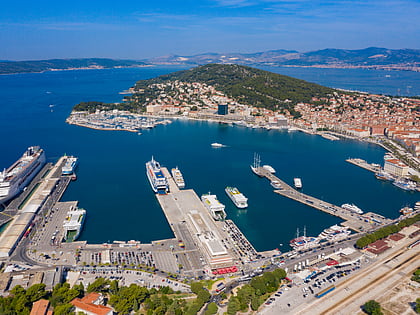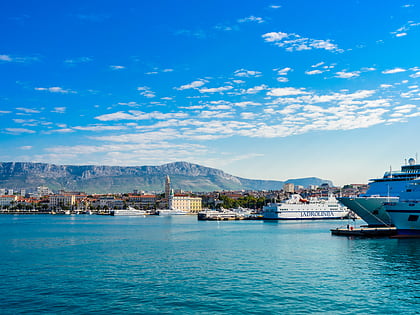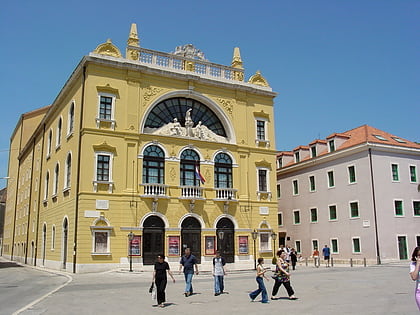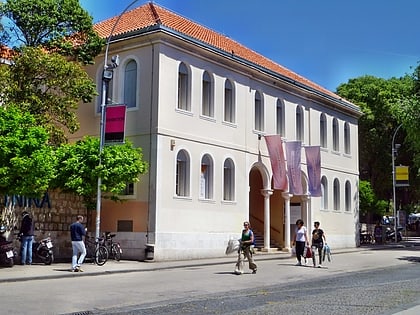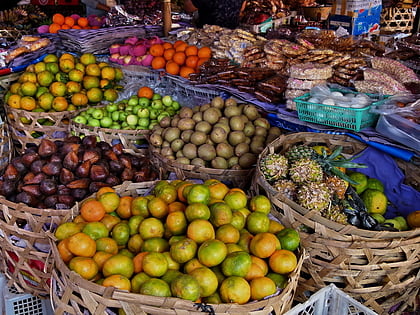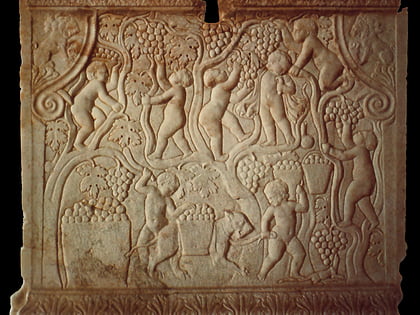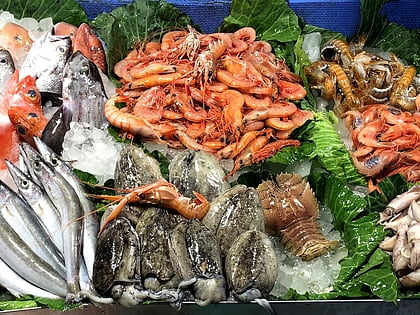Bronze Gate, Split
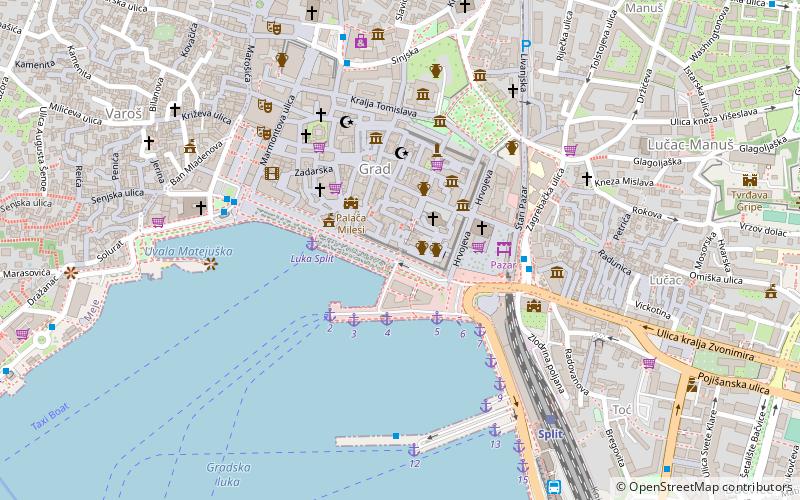

Facts and practical information
Nestled within the heart of Split, Croatia, the Bronze Gate offers a unique portal into the ancient world. This historic entryway is an integral part of Diocletian's Palace, a UNESCO World Heritage site that dates back to the late 3rd and early 4th centuries.
The Bronze Gate, also known as the Porta Aenea, was originally the southern entrance to the palace, providing direct access to the Adriatic Sea. This facilitated the arrival of supplies and guests by boat, directly into the imperial complex. Over the centuries, the sea has receded, and the Bronze Gate now leads visitors into the palace's subterranean chambers, which were once the storerooms and servants' quarters.
The architecture of the Bronze Gate is a testament to Roman engineering and design. It is simpler than the other gates of the palace, reflecting its utilitarian purpose. Despite its practical origins, the gate has a quiet beauty, with its aged stone and the weight of history that permeates the air.
Today, the Bronze Gate is a popular starting point for exploring Diocletian's Palace. The subterranean chambers beneath the gate have been transformed into a lively market area, where tourists can find an array of souvenirs, handicrafts, and local products. The gate also serves as a cool refuge from the Mediterranean sun, offering a glimpse into the daily life of the palace's ancient inhabitants.
Split
Bronze Gate – popular in the area (distance from the attraction)
Nearby attractions include: Diocletian's Palace, Cathedral of Saint Domnius, 2. Podrumi, Iron Gate.
Frequently Asked Questions (FAQ)
Which popular attractions are close to Bronze Gate?
How to get to Bronze Gate by public transport?
Ferry
- 2 (3 min walk)
- 17 (8 min walk)
Bus
- Tržnica • Lines: 11, 14, 17, 18, 2, 3, 8, 9 (4 min walk)
- Prima • Lines: 18, 6 (6 min walk)
Train
- Split (7 min walk)
- Split Predgrađe (33 min walk)
